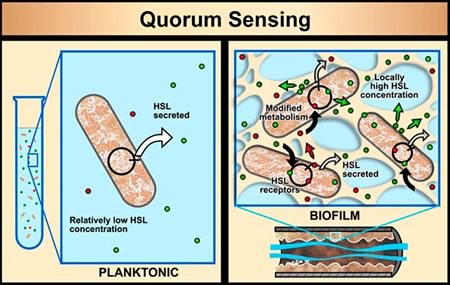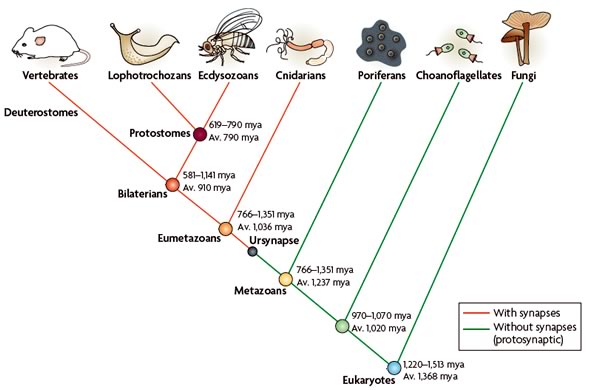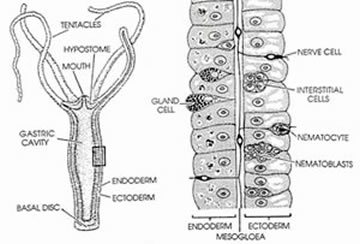A key point related to your question is whether
the ancestor of all animals, the "eumetazoan" (↑)
had a nervous system or not.
If it did, then the nervous systems of the animals evolved from
it would be expected to be derived, via mutation, drift, and
selection, from that original nervous system. This would
be considered a “monogenic” model,
in which a basic nervous system evolved once, and then was adapted
in various ways in various lineages (see this reference.)
An alternative model (see this reference)
is that the eumetazoan was more like a sponge, and did not have
a distinct nervous system – what it did have was
many of the components required to respond to external stimuli.
In this case, neurons and nervous systems in different lineages
arose independently - an example
of convergent, polygenic evolution.
In both cases, the appearance of neurons from cells capable of
responding to external stimuli would, in turn lead to networks
of cells that could control, at first local, then global, and
later increasingly complex) behaviors.
What makes the two scenarios difficult to distinguish are two
facts.
First, all extent organisms are equally
ancient, and we need to make assumptions based on data and
hypotheses,
but difficult to establish unambiguously, as to which most closely
resemble the common eumetazoan ancestor. |

 from:
Ryan & Grant. 2009. The origin and evolution of synapses.
from:
Ryan & Grant. 2009. The origin and evolution of synapses.